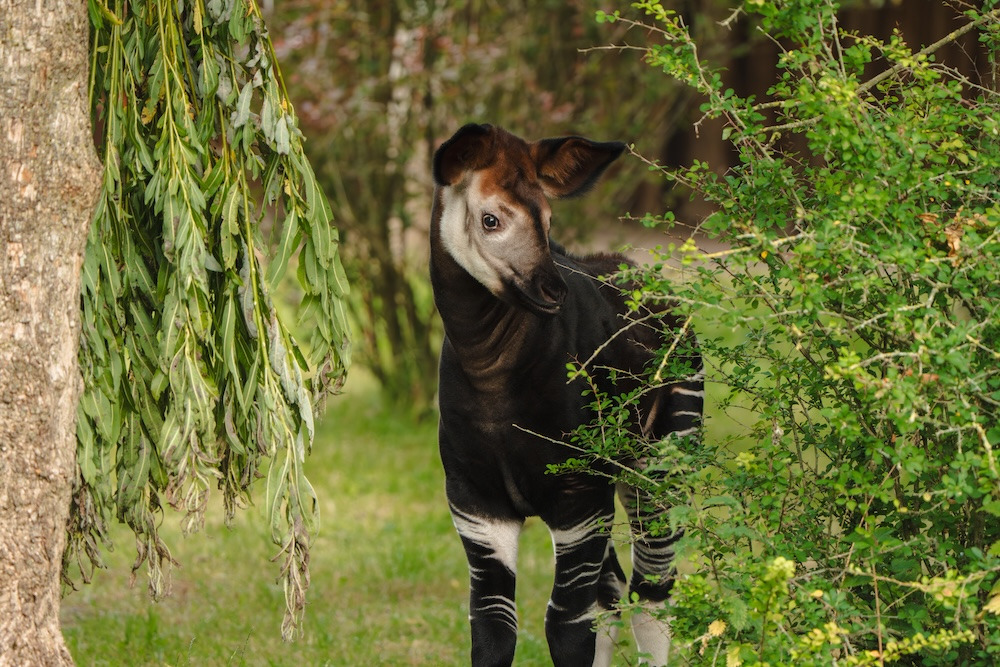search
date/time
 | Lancashire Times Weekend Edition |
1:00 AM 19th July 2025
nature
Birth Of Rare African ‘Unicorn’ Caught On Camera At Chester Zoo

Zookeepers have now revealed that the calf is male and they’ve named him Miloli, which translates to ‘Joy’ in Bantu, a family of languages spoken in central Africa. Having spent the first few weeks of life in a quiet, hidden nest, the shy youngster has gained in confidence and stepped into the sunshine for his first outdoor adventure. Found only in the dense rainforests of the Democratic Republic of Congo (DRC), the okapi is so elusive that it went undiscovered to western science until 1901. As a result, they’ve been nicknamed the ‘African unicorn’.
The birth of an okapi is always a very special occasion and cause for celebration, but to watch as mum Ada calmly welcomes her new baby into the world and gently encourages him to his feet, was nothing short of magical and offers a special insight into one of nature’s most elusive and secretive species.
Miloli has spent the first few weeks of life tucked away in a quiet nest area, bonding with mum Ada as she forages for food nearby, periodically returning to feed her new youngster with milk – she’s a doting mum and is doing everything perfectly so far which is just great to see.
Although it looks like Miloli is sporting black and white stripey socks, these patterns play an important role as, now that he’s gained enough confidence to do so, he has followed the stripes on his mum’s hind legs and has she lead him out of the nest to begin exploring their outdoor habitat for the first time together.
The okapi is the national symbol of the Democratic Republic of Congo (DRC) and is protected under Congolese law. Despite this, its population has declined by more than 50% over the last 20 years - driven by illegal hunting for their meat and skins, widespread habitat loss and the civil conflict in the country.
The world’s authority on the state of nature, The International Union for the Conservation of Nature (IUCN), has classified the species as Endangered on its Red List of Threatened Species.
Scientific name: Okapia johnstoni
Conservation status: Endangered (IUCN Red List)
Habitat: Dense tropical rainforests of the Democratic Republic of Congo (DRC), Central Africa
Closest relative: Giraffe – they share a similar skull structure and long, prehensile tongue
Appearance: Brown velvety body with striking zebra-like stripes on their legs, which provide camouflage in forest undergrowth
Diet: Herbivorous – feeds on leaves, twigs, fruit and fungi
Behaviour: Solitary and elusive; rarely seen in the wild
Reproduction: Gestation lasts around 14.5 months, usually resulting in a single calf
First described: Officially discovered by the Western world in 1901
Main threats: Habitat loss due to logging and mining, poaching for bushmeat, and political instability in their native range
More details at www.chesterzoo.org